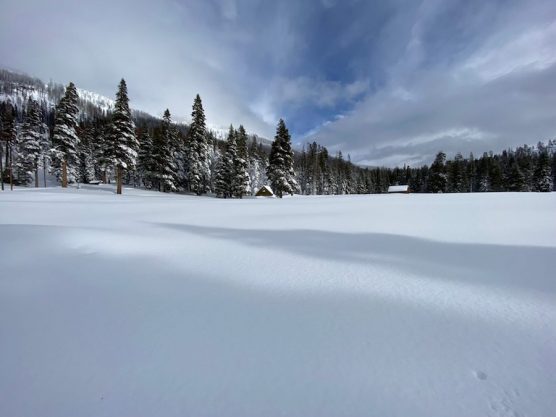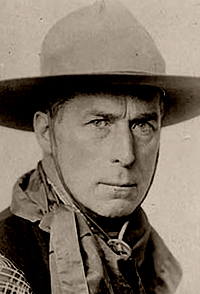By Hillel Aron
(CN) — California just had its snowiest December in more than half a century.
It’s still in a drought.
“We’re off to a great start,” said Sean de Guzman, the California Department of Water Resources’s manager of snow surveys. But, he added, “even though rain and snow are currently above average, this drought is far from over.”
The state’s first snow survey, conducted at Phillips Station in the central Sierra Nevada mountain range, measured 78.5 inches of snow, double the historic average for this date at that location.
Often called California’s “frozen reservoir,” the Sierra snowpack supplies nearly a third of the state’s drinking water throughout the year.
Although one of the heaviest December snowfalls on record, the state still needs more snow during the next four months to offset the losses from the last two winters, which were the fifth and second driest in the state’s history, respectively, and which left its reservoirs reeling. Most of California’s reservoirs remain far lower than their historic averages. Its biggest reservoir Shasta Lake, stands at 29% capacity currently, about half of its historic average. The second biggest, Lake Oroville, stands at 38% capacity, or 73% of its historic average.
“We could not have asked for a better December in terms of Sierra snow and rain,” said Department of Water Resources director Karla Nemeth, in a statement. “But Californians need to be aware that even these big storms may not refill our major reservoirs during the next few months. We need more storms and average temperatures this winter and spring, and we can’t be sure it’s coming. So, it’s important that we continue to do our part to keep conserving — we will need that water this summer.”
Last week, 79% of the state experienced “extreme drought conditions” as defined by the U.S. Drought Monitor. Now, after a week of storms, only a third of California meets that threshold.
At Donner Pass, scientists at the Central Sierra Snow Lab report the snowiest December on record, which goes back to 1970.
“While its great, we’re still only at 70% of the total snowfall of what we would expect across an entire winter season,” said Andrew Schwartz, the station manager and lead scientist at the snow lab. “We still have to make up that 30% to make sure we reach even an average season.”
Hitting that remaining 30% is likely, but far from assured.
“California continues to experience evidence of climate change with bigger swings between wet and dry years and even extreme variability within a season,” said de Guzman. “A wet start to the year doesn’t mean this year will end up above average once it’s all said and done.”
Like this:
Like Loading...
Related





 Tweet This
Tweet This Facebook
Facebook Digg This
Digg This Bookmark
Bookmark Stumble
Stumble RSS
RSS


























REAL NAMES ONLY: All posters must use their real individual or business name. This applies equally to Twitter account holders who use a nickname.
1 Comment
Jeez…always have to find the click bait bad news story rather than merely celebrating the snowfall! FEAR, FEAR, FEAR!! Well done!